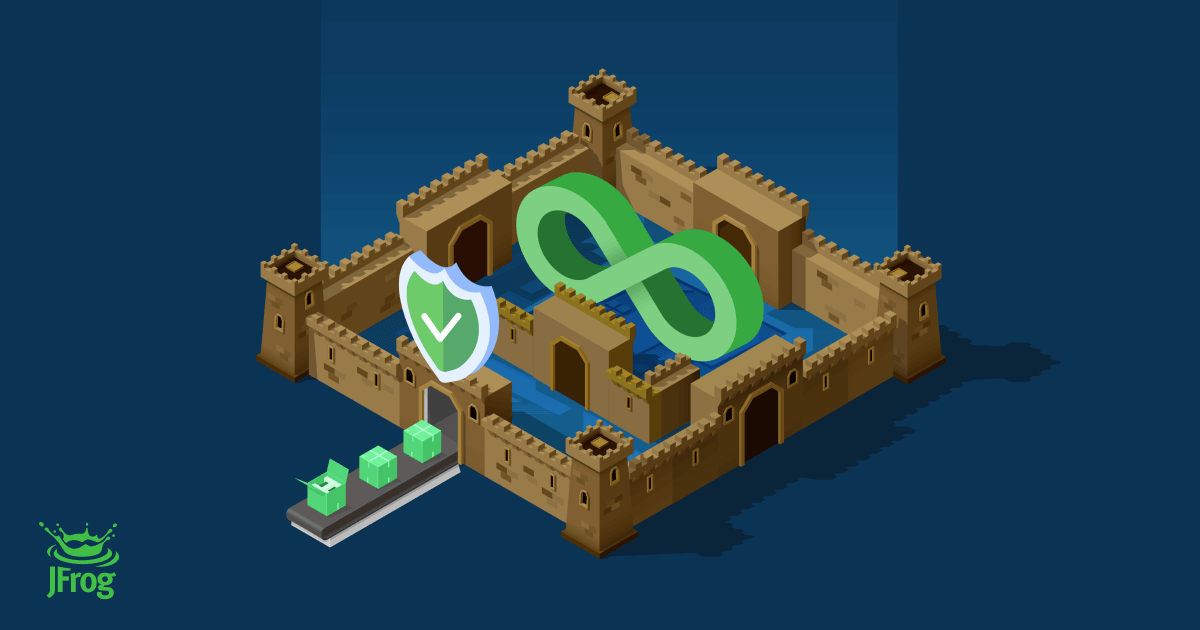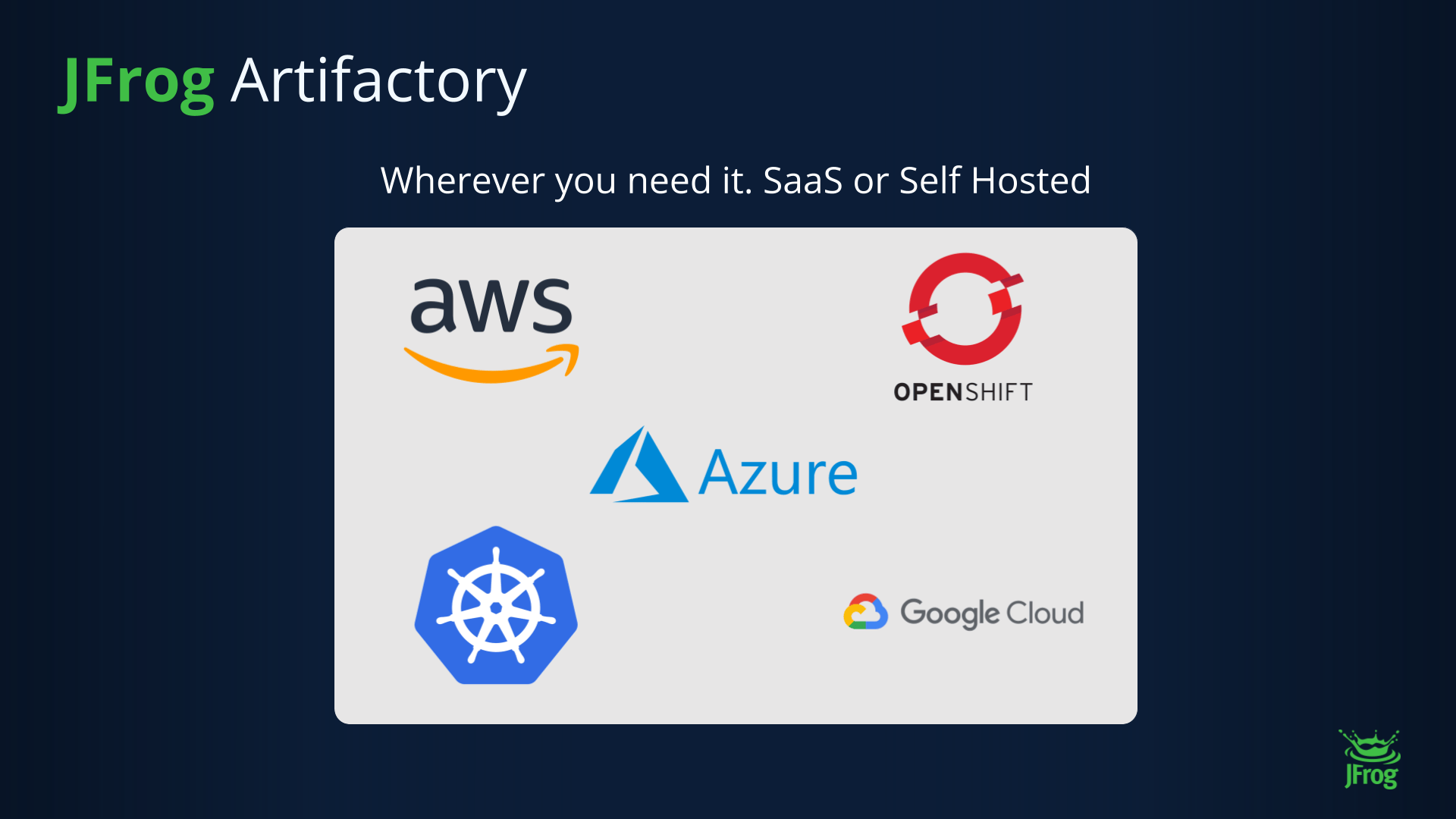Definition
Eine Kubernetes Registry ist ein Speichersystem für Container-Images, das von Kubernetes-Clustern zur Bereitstellung von Anwendungen verwendet wird. Sie fungiert als zentrale Anlaufstelle, in der Container-Images gespeichert, versioniert und während der Orchestrierung abgerufen werden. Registries können öffentlich oder privat sein und sind entscheidend für eine sichere und effiziente Verwaltung des Container-Lebenszyklus.
Überblick über eine Kubernetes Registry
Eine Kubernetes Registry ermöglicht es Kubernetes, Container-Images während der Anwendungsbereitstellung abzurufen. Sie unterstützt Versionskontrolle, Zugriffskontrolle und Sicherheitsfunktionen für konsistente und zuverlässige Deployments. Ob selbst gehostet oder cloudbasiert – Registries spielen eine zentrale Rolle in der Sicherheit der Software-Lieferkette und in DevSecOps-Praktiken.
Die Funktion einer Kubernetes Registry
Eine Kubernetes Registry fungiert als essenzielle Brücke zwischen Entwicklung und Deployment. Sie bietet eine strukturierte Methode zur Speicherung und Verteilung von Container-Images und stellt sicher, dass die richtige Version eines Images verfügbar ist, wenn ein Kubernetes-Cluster Anwendungs-Workloads orchestriert. Ohne eine Registry gäbe es keine zuverlässige „Source of Truth“ für Container – Automatisierung und Skalierbarkeit wären dadurch kaum umsetzbar.
Es gibt zwei Haupttypen von Registries: öffentliche und private. Öffentliche Registries sind über das Internet zugänglich und werden häufig für Open-Source-Images genutzt. Private Registries sind innerhalb eines Unternehmens angesiedelt und bieten erweiterte Funktionen für Zugriffskontrolle, Nachvollziehbarkeit und Compliance. In diesem Zusammenhang bezeichnet „Registry“ das Gesamtsystem, das mehrere Repositories enthält, während ein Repository eine Sammlung zusammengehöriger Image-Versionen darstellt.
Viele Nutzer beginnen mit der Integration einer Docker Registry in Kubernetes – insbesondere in frühen Einführungsphasen. Dieser Ansatz ermöglicht den Einsatz vertrauter Tools und bildet die Grundlage für den späteren Umstieg auf leistungsfähigere Registry-Lösungen.
Wie Kubernetes Registries funktionieren
Beim Deployment eines Pods ruft die Container-Runtime – etwa containerd oder CRI-O – das benötigte Image aus der angegebenen Registry ab. Das Image wird dabei mit seinem vollständigen Pfad referenziert, einschließlich Registry-Adresse, Repository-Name und Image-Tag (z. B. myregistry.com/api-server:1.2.3). Ist der Zugriff eingeschränkt, nutzt Kubernetes gespeicherte Secrets zur Authentifizierung und zum Abruf des Images.
Registries dienen nicht nur dem Abruf von Images. Sie unterstützen auch automatisierte Builds, Workflows zur Image-Promotion und die Integration in Continuous-Delivery-Pipelines. In Managed-Umgebungen wirken sich die Registry-Performance und die Verfügbarkeit von Images direkt auf die Startzeiten und die Zuverlässigkeit von Deployments aus.
Vorteile der Nutzung von Kubernetes Registries
Der Einsatz einer dedizierten Registry bringt Konsistenz und Nachvollziehbarkeit in den Deployment-Lifecycle. Teams können Images unabhängig versionieren und Services aktualisieren, ohne andere Workloads zu beeinträchtigen. Private Registries bieten zudem erweiterte Observability-Funktionen, mit denen sich nachvollziehen lässt, wer wann welches Image bereitgestellt hat.
Ein weiterer zentraler Vorteil ist die Sicherheit. Bei entsprechender Konfiguration können Registries Images auf Schwachstellen scannen, das Signieren von Images erzwingen und unautorisierten Zugriff verhindern. Das Spiegeln öffentlicher Images in eine private Registry kann zudem die Verfügbarkeit erhöhen und die Abhängigkeit von externer Infrastruktur reduzieren.
Auch die Performance profitiert, wenn Cluster auf Registries zugreifen, die sich im selben Netzwerk oder in geografischer Nähe befinden. Das senkt die Latenz, reduziert den Bandbreitenverbrauch und sorgt für schnellere Pod-Startzeiten – besonders in großskaligen Umgebungen.
Best Practices für Kubernetes Registries
Eine erfolgreiche Nutzung von Registries erfordert mehr als nur das Hochladen von Images. Vermeiden Sie in Produktionsumgebungen die Verwendung des Tags latest, da dieser bei Image-Updates zu unerwartetem Verhalten führen kann. Nutzen Sie stattdessen eine klare Versionierung mit semantischen Tags wie v1.0.0 oder v2.1.1-beta.
Das Einführen von Immutability-Policies – bei denen Images nach der Veröffentlichung nicht mehr überschrieben werden dürfen – erhöht die Zuverlässigkeit. So ist sichergestellt, dass ein bestimmter Tag stets auf denselben Inhalt verweist.
In sicherheitskritischen Umgebungen sollten Images regelmäßig auf bekannte Schwachstellen gescannt werden. Zusätzlich sollten Richtlinien durchgesetzt werden, die den Einsatz ungescannter oder nicht freigegebener Images verhindern. Best Practices aus dem Bereich Container-Laufzeitsicherheit bieten hier wertvolle Orientierung.
Auch die Zugriffskontrolle spielt eine zentrale Rolle. Teams sollten Role-Based Access Control (RBAC) einsetzen und das Prinzip der minimalen Berechtigung befolgen. Beispielsweise dürfen nur CI/CD-Systeme Images pushen, während Entwickler- und Operations-Teams ausschließlich freigegebene Versionen pullen.
Herausforderungen beim Management von Kubernetes Registries
Die Verwaltung von Registries bringt einige Herausforderungen mit sich. Eine der häufigsten betrifft das Schwachstellenmanagement. Veraltete Images, ungescannte Layer oder unsichere Basis-Images können Risiken darstellen, die sich auf die gesamte Infrastruktur eines Unternehmens auswirken. Ein Bewusstsein für Bedrohungen wie Zero-Day-Schwachstellen ist dabei essenziell.
Auch die Skalierbarkeit stellt eine Herausforderung dar. Große Unternehmen verwalten oft Tausende von Images in zahlreichen Repositories – was robuste Strategien für Indexierung, Replikation und Bereinigung erfordert, um Datenwachstum und Verwaltungsaufwand in den Griff zu bekommen.
Die Komplexität der Konfiguration ist ein weiterer Stolperstein. Die Einrichtung von TLS für eine sichere Übertragung, das Management von Secrets und die Konfiguration von Replikation über mehrere Standorte hinweg verursachen zusätzlichen operativen Aufwand. Werden diese Bereiche jedoch vernachlässigt, drohen Performance-Probleme und Sicherheitslücken.
Die Einrichtung einer Kubernetes Registry
Für die Bereitstellung einer Registry steht zunächst die Entscheidung zwischen einer selbst gehosteten Lösung und einem Managed Service an. Self-Hosted-Lösungen wie Harbor oder JFrog Artifactory bieten granulare Kontrolle, während Cloud-basierte Optionen den Wartungsaufwand für die Infrastruktur reduzieren.
Nach der Bereitstellung muss die Registry in die Kubernetes-Umgebung integriert werden. Dazu gehört die Konfiguration von Kubernetes-Secrets zur Authentifizierung, das Hinzufügen des Registry-Endpunkts zu den Image-Pfaden sowie die Überprüfung der Konnektivität durch Test-Deployments.
Für gehärtete Bereitstellungen ist es wichtig, HTTPS mit gültigen Zertifikaten zu verwenden, Namenskonventionen durchzusetzen und Richtlinien zur Aufbewahrung festzulegen, um eine Anhäufung ungenutzter Images zu vermeiden. Die Anbindung der Registry an CI/CD-Pipelines stellt sicher, dass Images konsistent veröffentlicht und mit nachvollziehbaren Metadaten versehen werden.
Verwaltung von Container-Images in Kubernetes
Container-Images durchlaufen mehrere Phasen: Erstellung, Testing, Tagging und Deployment. Entwickler oder automatisierte Pipelines erstellen die Images und pushen sie im Rahmen von CI/CD-Workflows in eine Registry. Kubernetes-Cluster ziehen diese Images dann anhand der in den Deployment-Manifests definierten Tags.
Tagging-Praktiken spielen eine entscheidende Rolle. Semantische Tags erleichtern das Nachverfolgen von Änderungen und das Zurückrollen auf frühere Versionen. In Produktionsumgebungen sollte auf veränderliche Tags wie latest verzichtet werden, da sie zu Inkonsistenzen zwischen Umgebungen führen können.
Auch die Wahrung der Integrität ist essenziell. Der Einsatz von Content-Digests oder signierten Images stellt sicher, dass genau die gewünschte Version verwendet wird. Das Speichern von Schwachstellen-Scanberichten zusammen mit den Images liefert eine nachvollziehbare Historie, die bei Audits herangezogen werden kann.
Sicherheitsaspekte
Der Zugriff auf eine private Registry aus Kubernetes heraus erfordert Authentifizierung – in der Regel über imagePullSecrets. Diese Secrets sollten gezielt eingeschränkt und regelmäßig rotiert werden, um das Risiko zu minimieren. In sensiblen Umgebungen empfiehlt sich der zusätzliche Einsatz von Mechanismen wie der Verifikation von Image-Signaturen.
RBAC-Richtlinien innerhalb der Registry sollten auf die Rollen im Unternehmen abgestimmt sein. Entwickler benötigen ggf. Lesezugriff auf Testumgebungen, jedoch keinen Zugriff auf Produktionsumgebungen. Administratoren hingegen sollten kontrollieren, welche Images wann freigegeben und promotet werden.
Sämtliche Daten, die zwischen Kubernetes und der Registry ausgetauscht werden, sollten während der Übertragung durch HTTPS verschlüsselt sein. Wenn möglich, sollte auch das Backend-Speichersystem der Registry Verschlüsselung im Ruhezustand unterstützen, um Compliance-Vorgaben zu erfüllen.
Kubernetes Registries sind ein zentraler Kontrollpunkt und ein unverzichtbares Werkzeug zur Umsetzung von Shift-Left-DevSecOps-Praktiken – also der frühzeitigen Integration von Sicherheit in den Entwicklungsprozess, beginnend bei der Image-Erstellung bis hin zur CI/CD-Integration.
Wie JFrog die Nutzung von Kubernetes Registries optimiert
Die JFrog Plattform bietet mit JFrog Artifactory ein Kubernetes-kompatibles Management von Container-Images. Artifactory unterstützt die Speicherung von Container-Images, Helm-Charts und OCI-konformen Formaten und ist damit eine vielseitige Lösung für Teams, die Kubernetes im großen Maßstab einsetzen.
Dank integrierter Schwachstellenanalysen, Workflows für Image-Promotion und Repository-Replikation vereinfacht Artifactory das Management des Image-Lebenszyklus erheblich. Rollenbasierte Zugriffskontrollen und Audit-Logs sorgen für eine sichere und regelkonforme Nutzung, während die native Integration mit CI/CD-Tools die Effizienz von Pipelines steigert. Für verteilte Teams verbessert Artifactory die Performance durch Multi-Site-Replikation und lokales Caching – so werden Latenzen reduziert und Single Points of Failure vermieden.
Mit einer funktionsreichen Lösung wie JFrog Artifactory erhalten Unternehmen das nötige Vertrauen und die passenden Werkzeuge, um moderne DevSecOps-Workflows zu unterstützen. Erfahren Sie mehr über die Integration von JFrog in Ihre Kubernetes-Strategie auf der Seite zur Integration von Kubernetes und Docker Registry.
Weitere Informationen finden Sie auf unserer Website – oder machen Sie eine virtuelle Tour bzw. vereinbaren Sie eine persönliche Demo, wann immer es Ihnen passt.








